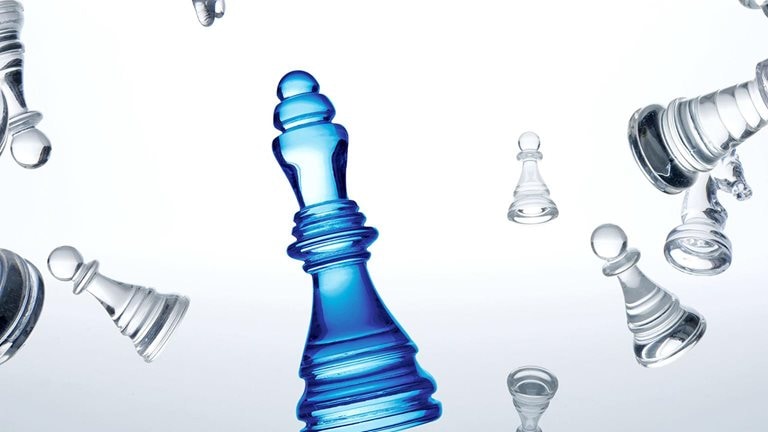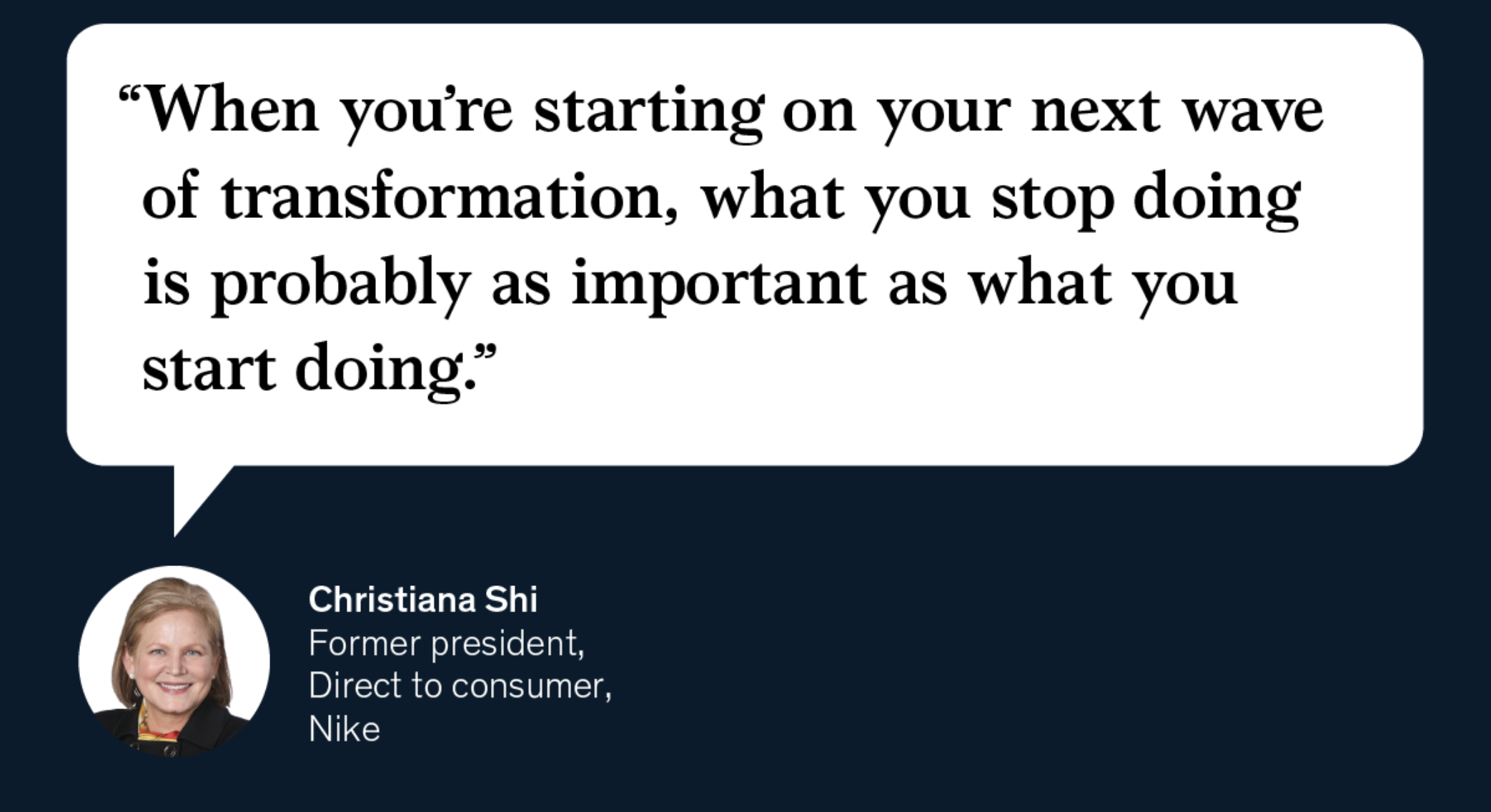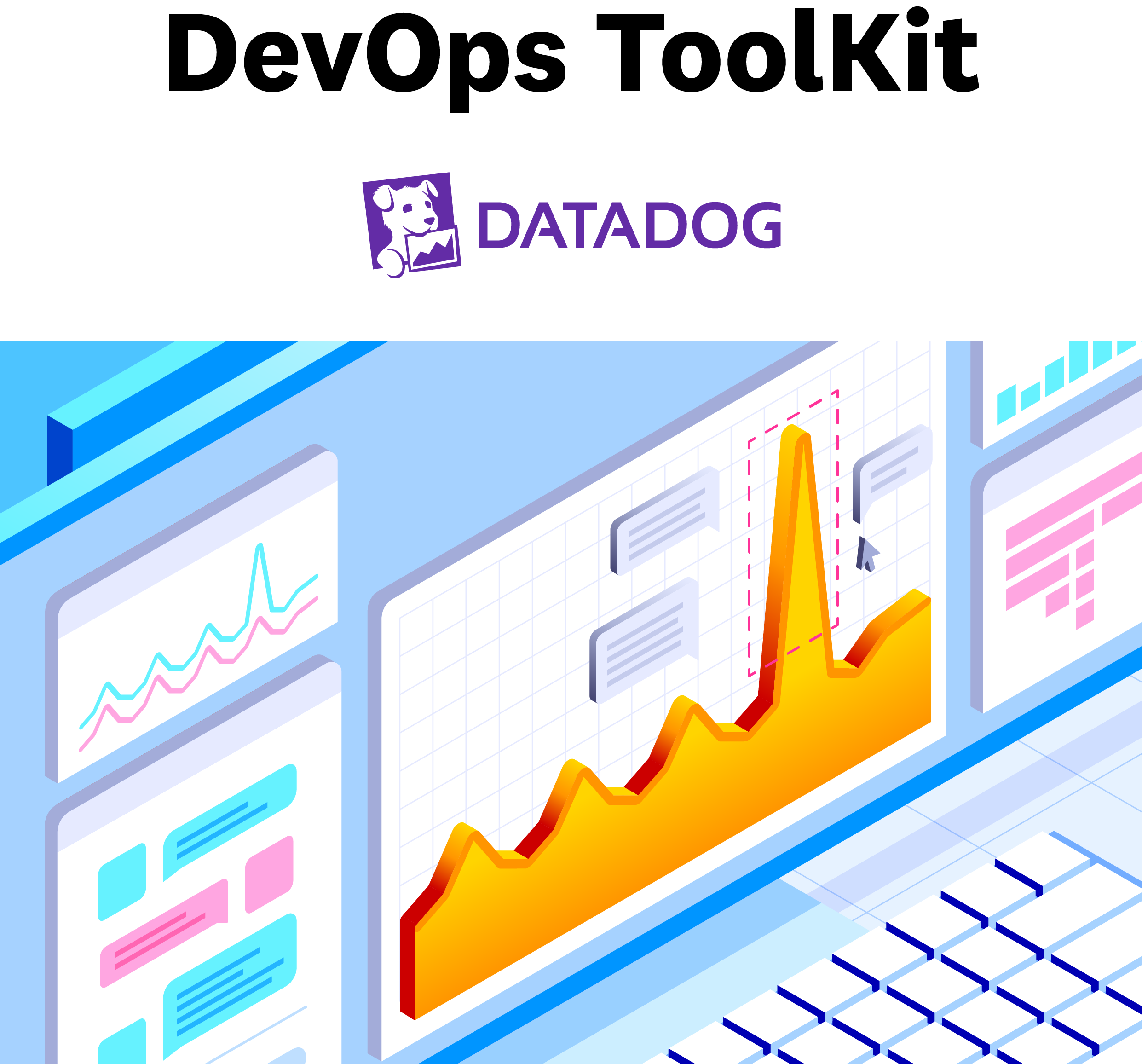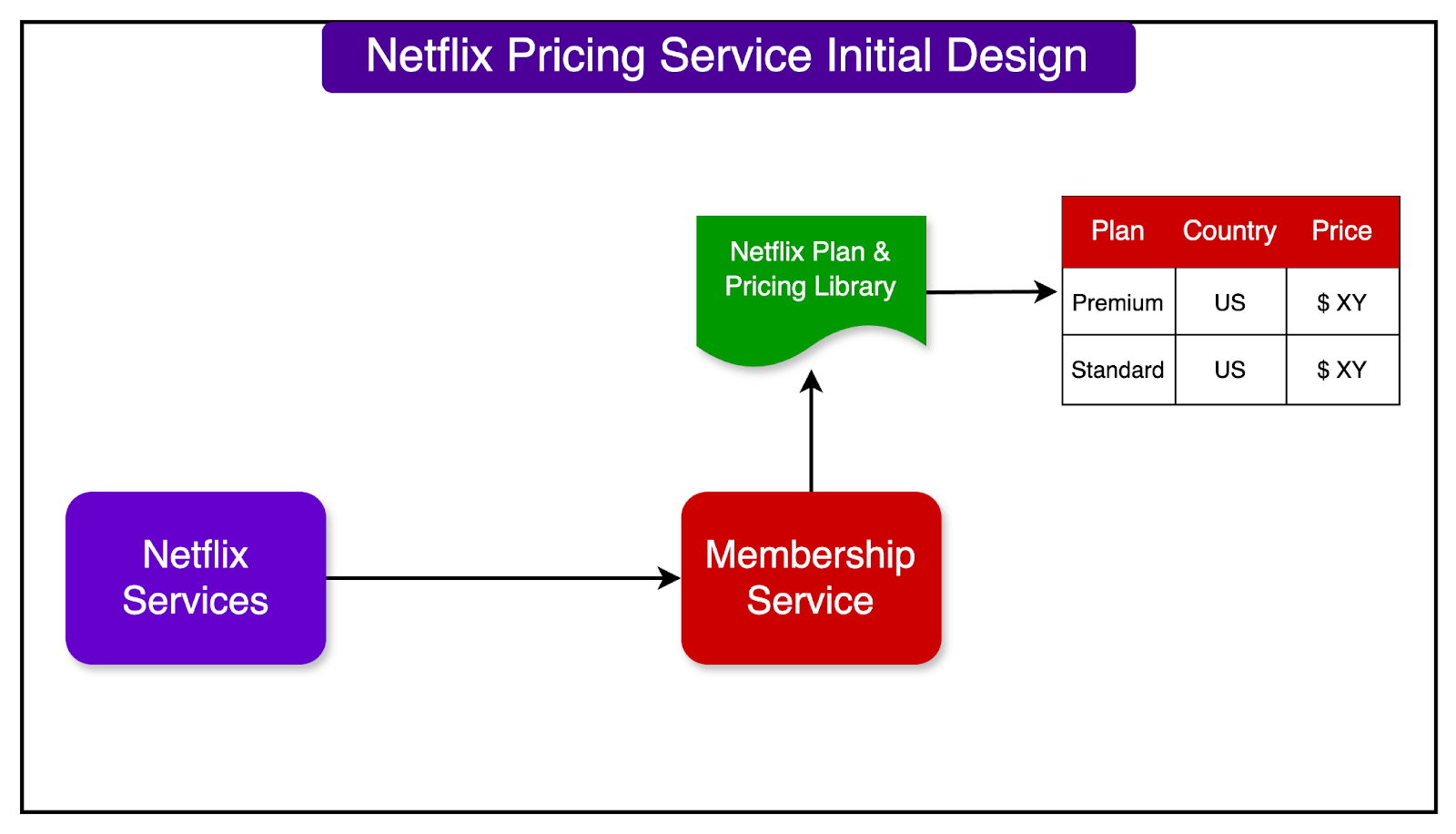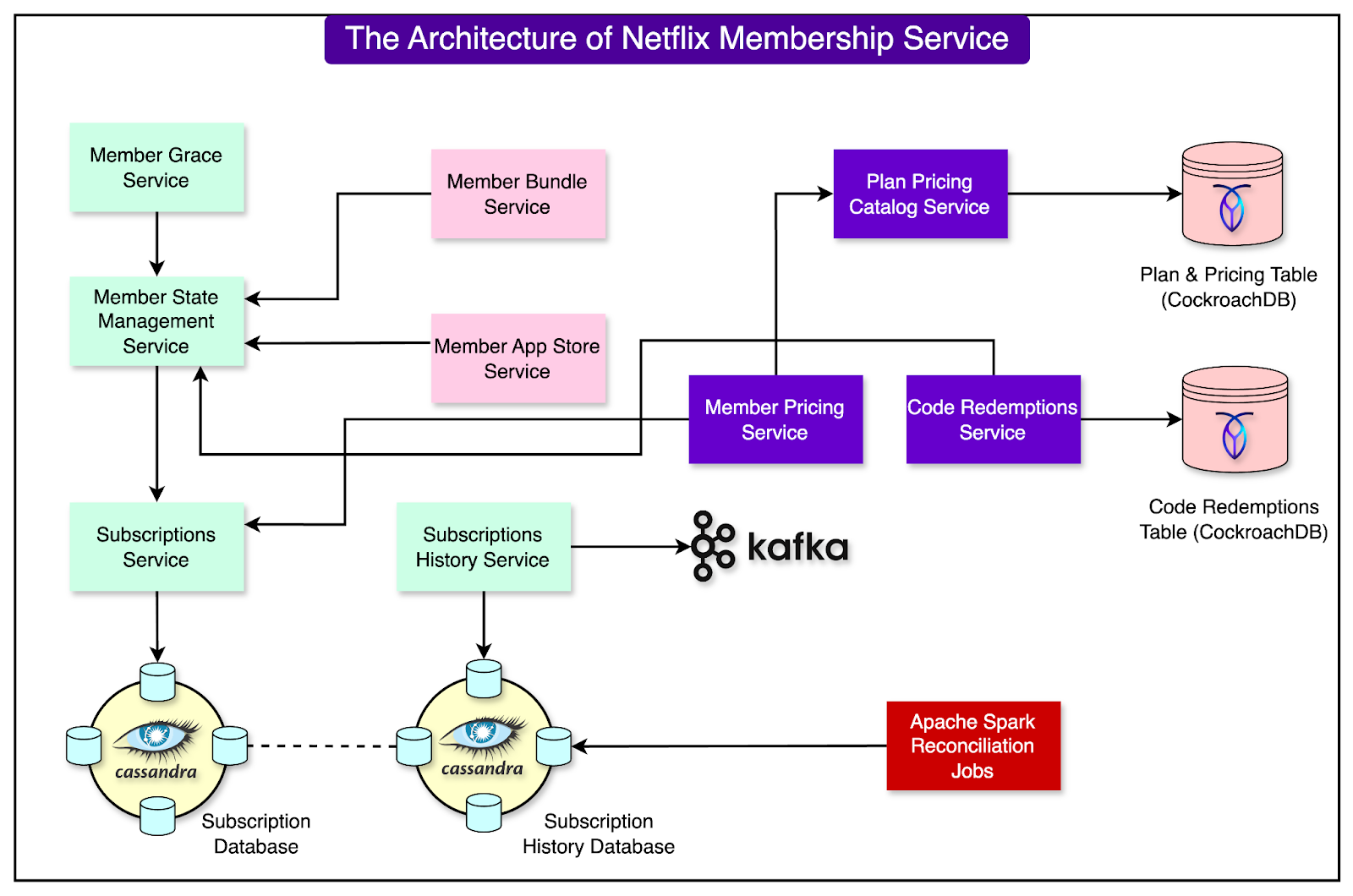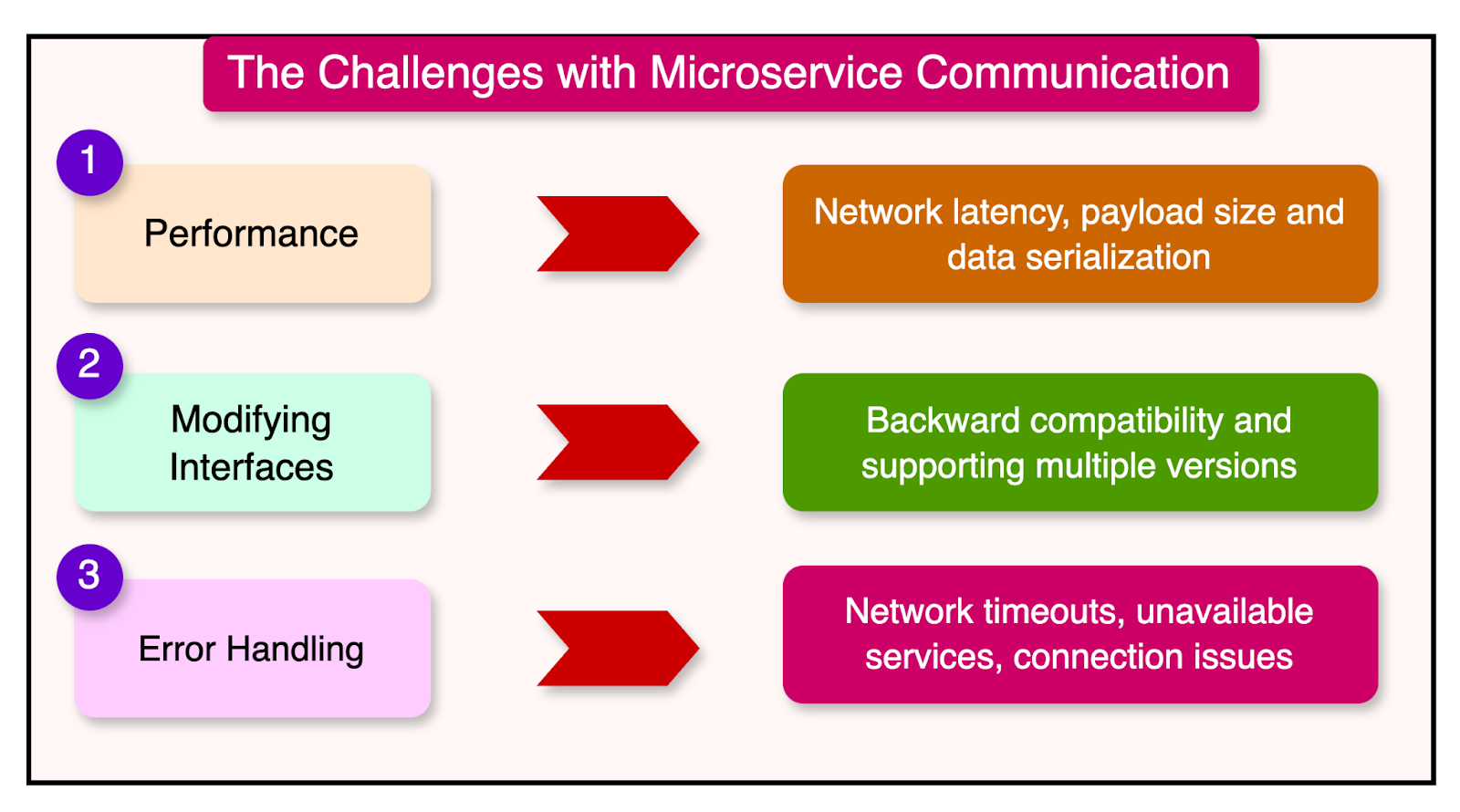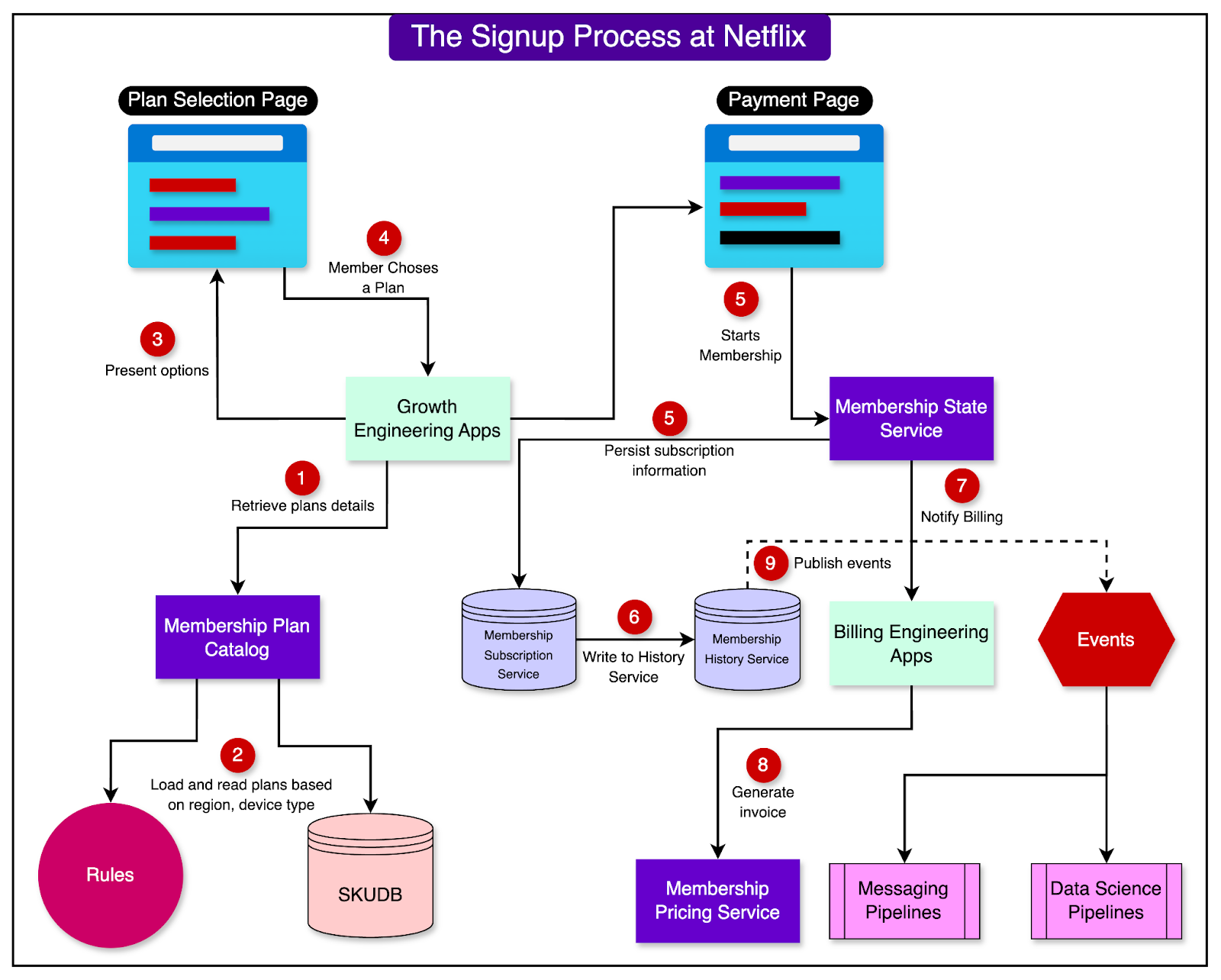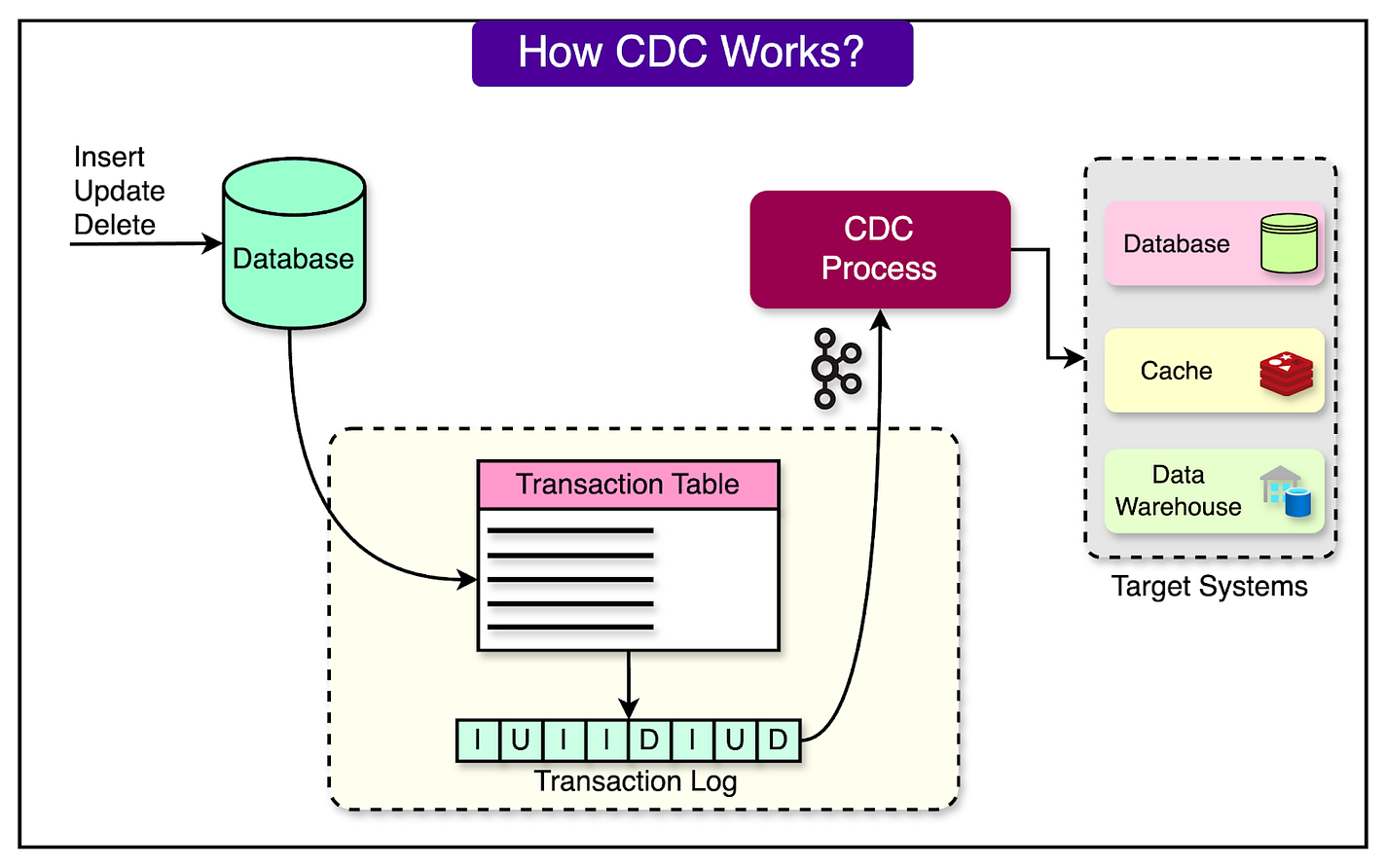Archives
- By thread 5369
-
By date
- June 2021 10
- July 2021 6
- August 2021 20
- September 2021 21
- October 2021 48
- November 2021 40
- December 2021 23
- January 2022 46
- February 2022 80
- March 2022 109
- April 2022 100
- May 2022 97
- June 2022 105
- July 2022 82
- August 2022 95
- September 2022 103
- October 2022 117
- November 2022 115
- December 2022 102
- January 2023 88
- February 2023 90
- March 2023 116
- April 2023 97
- May 2023 159
- June 2023 145
- July 2023 120
- August 2023 90
- September 2023 102
- October 2023 106
- November 2023 100
- December 2023 74
- January 2024 75
- February 2024 75
- March 2024 78
- April 2024 74
- May 2024 108
- June 2024 98
- July 2024 116
- August 2024 134
- September 2024 130
- October 2024 141
- November 2024 171
- December 2024 115
- January 2025 216
- February 2025 140
- March 2025 220
- April 2025 233
- May 2025 239
- June 2025 303
- July 2025 182
-
Follow up ////----@Recruiting. Contract a Recruiter//**---
Hi info@learn.odoo.com
I am wondering if you got a chance to review my previous email. If you are interested in Recruitment process outsourcing, we can email you more details or schedule a call.
Kind Regards,
N Chappelle
---------------------------------------------------------------------------------------------
Hi info@learn.odoo.com
Greetings,
Could you let me know whether you are interested to hire a Dedicated Remote Recruiter/Source at a reasonable price?
We specialize in recruiting for the following sectors:
1. IT
2. Hospital / Healthcare
3. Accounting / Finance
4. Human Resources
5. Hospitality
6. Warehousing / Distribution
7. Sales & Marketing
8. Engineering
9. Pharmaceuticals
10 Operations and Logistics
May I know if you are interested? if yes, please let me know queries
I'm waiting your positive reply…
Sincerely,
N chappelle
by "N chappelle" <nchappelle@1-stopsolutions.com> - 07:08 - 28 Jun 2024 -
Think big
The Shortlist
Four new insights
by "McKinsey CEO Shortlist" <publishing@email.mckinsey.com> - 04:53 - 28 Jun 2024 -
Why should executives lead from the inside out?
Only McKinsey
Cultivating a self-reflective mindset Brought to you by Liz Hilton Segel, chief client officer and managing partner, global industry practices, & Homayoun Hatami, managing partner, global client capabilities
•
Human-centric leadership. Many leaders who have all the right skills still struggle to link their aspirations with their organizations’ performance. On a deep level, they aren’t reflecting enough about how to become a more human-centric leader, conclude McKinsey senior partners Dana Maor, Kurt Strovink, and Ramesh Srinivasan and senior partner emeritus Hans-Werner Kaas after careful analysis. They are the authors of The Journey of Leadership: How CEOs Learn to Lead from the Inside Out (Portfolio, September 2024).
—Edited by Belinda Yu, editor, Atlanta
This email contains information about McKinsey's research, insights, services, or events. By opening our emails or clicking on links, you agree to our use of cookies and web tracking technology. For more information on how we use and protect your information, please review our privacy policy.
You received this newsletter because you subscribed to the Only McKinsey newsletter, formerly called On Point.
Copyright © 2024 | McKinsey & Company, 3 World Trade Center, 175 Greenwich Street, New York, NY 10007
by "Only McKinsey" <publishing@email.mckinsey.com> - 01:13 - 28 Jun 2024 -
A Crash Course in Database Sharding
A Crash Course in Database Sharding
As an application grows in popularity, it attracts more active users and incorporates additional features. This growth leads to a daily increase in data generation, which is a positive indicator from a business perspective. However, it can also pose challenges to the application's architecture, particularly in terms of database scalability.͏ ͏ ͏ ͏ ͏ ͏ ͏ ͏ ͏ ͏ ͏ ͏ ͏ ͏ ͏ ͏ ͏ ͏ ͏ ͏ ͏ ͏ ͏ ͏ ͏ ͏ ͏ ͏ ͏ ͏ ͏ ͏ ͏ ͏ ͏ ͏ ͏ ͏ ͏ ͏ ͏ ͏ ͏ ͏ ͏ ͏ ͏ ͏ ͏ ͏ ͏ ͏ ͏ ͏ ͏ ͏ ͏ ͏ ͏ ͏ ͏ ͏ ͏ ͏ ͏ ͏ ͏ ͏ ͏ ͏ ͏ ͏ ͏ ͏ ͏ ͏ ͏ ͏ ͏ ͏ ͏ ͏ ͏ ͏ ͏ ͏ ͏ ͏ ͏ ͏ ͏ ͏ ͏ ͏ ͏ ͏ ͏ ͏ ͏ ͏ ͏ ͏ ͏ ͏ ͏ ͏ ͏ ͏ ͏ ͏ ͏ ͏ ͏ ͏ ͏ ͏ ͏ ͏ ͏ ͏ ͏ ͏ ͏ ͏ ͏ ͏ ͏ ͏ ͏ ͏ ͏ ͏ ͏ ͏ ͏ ͏ ͏ ͏ ͏ ͏ ͏ ͏ ͏ ͏ ͏ ͏ ͏ ͏ ͏ ͏ ͏ ͏ ͏ ͏ ͏ ͏ ͏ ͏ ͏ ͏ ͏ ͏ ͏ ͏ ͏ ͏ ͏ ͏ ͏ ͏ ͏ ͏ ͏ ͏ ͏ ͏ ͏ ͏ ͏ ͏ ͏ ͏ ͏ ͏ ͏ ͏ ͏ ͏ ͏ ͏ ͏ ͏ ͏ ͏ ͏ ͏ ͏ ͏ ͏ ͏ Forwarded this email? Subscribe here for moreLatest articles
If you’re not a subscriber, here’s what you missed this month.
To receive all the full articles and support ByteByteGo, consider subscribing:
As an application grows in popularity, it attracts more active users and incorporates additional features. This growth leads to a daily increase in data generation, which is a positive indicator from a business perspective.
However, it can also pose challenges to the application's architecture, particularly in terms of database scalability.
The database is a critical component of any application, but it is also one of the most difficult components to scale horizontally. When an application receives increased traffic and data volume, the database can become a performance bottleneck, impacting the user experience.
Sharding is a technique that addresses the challenges of horizontal database scaling. It involves partitioning the database into smaller, more manageable units called shards.
In this post, we’ll cover the fundamentals of database sharding, exploring its various approaches, technical considerations, and real-world case studies showcasing how companies have implemented sharding to scale their databases.
What is Sharding?...

Unlock this post for free, courtesy of Alex Xu.
A subscription gets you:
An extra deep dive on Thursdays Full archive Many expense it with team's learning budget Like
Comment
Restack
© 2024 ByteByteGo
548 Market Street PMB 72296, San Francisco, CA 94104
Unsubscribe
by "ByteByteGo" <bytebytego@substack.com> - 11:35 - 27 Jun 2024 -
🔓 Unlock the US market with our expert webinar, discover Remote Watchtower, and more...
🔓 Unlock the US market with our expert webinar, discover Remote Watchtower, and more...
Your monthly global update is here from Remote. Dive in to see the latest.
Featured news
Expanding to the US? This webinar is for you!
Are you an HR or Payroll leader looking to crack the US market wide open?
Our powerhouse panel from Remote, Sequoia One, and Mosey is set to arm you with everything you need to effortlessly combat the hurdles of US expansion.
Join us on July 10th at 3PM UTC for a one-of-a-kind webinar on Unlocking the US - Simplifying Stateside Expansion!

Upcoming Events
Build the best team: navigating hiring, retention and compensation challenges
If you are a HR professional join us in Amsterdam on July 11th in this peer to peer learning session to find out how to build the best teams in today’s challenging HR environment.
Enjoy the fireside chat with HR leaders from Remote and Weaviate, two companies that leverage remote work and distributed teams to get a strong competitive advantage.
Register here to join this peer to peer HR afterwork event
Visit the Remote booth at Bitcoin 2024 in Nashville
We are exhibiting at Bitcoin 2024 July 25-July 27th in Nashville, TN at the Music City Center. Come and say hi! 👋
Explore The Lattice Excellence Alliance to access vetted, top-tier platforms that support all of your company’s HR needs. Receive preferred pricing and top-tier support on tools from talent acquisition, to 401k management, to learning and development.

Product news
Offer global mental health benefits to your EOR employees
Unlock productivity and enhance well-being across your team with Remote's comprehensive mental health program.
Available in 83 countries, this initiative supports the diverse needs of global workforces with flexible coverage options and resources like personal assessments and expert sessions.
Navigate global compliance with ease, with Remote Watchtower
Remote Watchtower streamlines your global HR compliance, ensuring you stay up-to-date with the latest changes in employment laws across over 70 countries.
When you hire, manage, or pay through Remote’s EOR, Contractor Management, or Payroll services, Watchtower helps you manage international workforce regulations without the stress.
Remote is the global HR platform you deserve
Onboard, pay, and manage employees and contractors around the world with Remote. You focus on finding the best hires — we'll handle the rest.
.png?height=64&upscale=true&name=Youtube%20(5).png)

.png?height=64&upscale=true&name=twitter%20(4).png)
.png?height=64&upscale=true&name=instagram%20(1).png)
You received this email because you are subscribed to News & Offers from Remote Europe Holding B.V
Update your email preferences to choose the types of emails you receive.
Unsubscribe from all future emailsRemote Europe Holding B.V
Copyright © 2024 Remote Europe Holding B.V All rights reserved.
Kraijenhoffstraat 137A 1018RG Amsterdam The Netherlands
by "Remote" <hello@remote-comms.com> - 08:38 - 27 Jun 2024 -
What is productivity?
Only McKinsey
3 ways to improve productivity Brought to you by Liz Hilton Segel, chief client officer and managing partner, global industry practices, & Homayoun Hatami, managing partner, global client capabilities
•
Why productivity matters. Productivity is a measure of output relative to input, and labor productivity is the most common productivity measure. It’s defined as economic output (gross domestic product, or GDP) per hour worked. Labor productivity growth is crucial to increased wages and standards of living, and it helps increase consumers’ purchasing power, explain McKinsey Global Institute chair Sven Smit and other McKinsey experts on productivity.
•
Slowing productivity growth. The past 25 years have been a major success story for global productivity: from 1997 to 2022, median economy productivity jumped roughly sixfold. But despite this meteoric growth in some economies, productivity growth has slowed overall since the 2008 global financial crisis. One reason has been an overall decline in capital investment across multiple sectors since 2008. Explore our McKinsey Explainer, “What is productivity?,” to view three ways business leaders can improve their productivity potential.
—Edited by Belinda Yu, editor, Atlanta
This email contains information about McKinsey's research, insights, services, or events. By opening our emails or clicking on links, you agree to our use of cookies and web tracking technology. For more information on how we use and protect your information, please review our privacy policy.
You received this newsletter because you subscribed to the Only McKinsey newsletter, formerly called On Point.
Copyright © 2024 | McKinsey & Company, 3 World Trade Center, 175 Greenwich Street, New York, NY 10007
by "Only McKinsey" <publishing@email.mckinsey.com> - 01:11 - 27 Jun 2024 -
Getting ahead during volatile times calls for bold aspirations
Re:think
Strategic courage amid uncertainty FRESH TAKES ON BIG IDEAS
ON STRATEGIC COURAGE
How to go faster and further during times of volatilityMichael Birshan
During times of upheaval, if leaders believe that the forces of creative destruction are getting more destructive, their greatest risk is presiding over slow but inexorable decline. We’re in a time of volatility right now. The power curve of economic profit is getting steeper. Those that succeed are taking more. Those that fall behind are falling harder. The topple rate for longevity in the S&P 500 or FTSE 100 has accelerated, and many of the most valuable companies in the world are teenagers or young adults, rather than baby boomers.
Some macroeconomic uncertainty is resolving. Politically, though, more people than ever before are going to the polls this year. Fundamentally, this is an age of volatility, with new shocks on top of old shocks on top of enduring disruptive trends. A few years ago, so many boards were learning fast about sustainability. Now it’s generative AI. Geopolitically, at one point the new shock was Russia’s invasion of Ukraine. Now the new shock is the tragedy in the Middle East.
How can organizations move faster and further in this environment? It’s more important now than ever to adopt the notion of strategic courage. Many leaders honed their management intuition in a period that was relatively stable, where change was predictable, and where some value came from riding out trends. And during times of volatility, the easiest thing is to hunker down. But if leaders only derisk and defer making important choices, they can wind up in a middle band and probably end up capping the upside more than the downside.
Now, value comes from managing through shocks. Three things can give leaders a competitive edge in these uncertain times: insights, commitment, and execution.
An insights edge comes from more and better information from more diverse sources. One mistake I sometimes see is when leaders solicit a diversity of superficial perspectives. They ask ten people for their views, get everybody’s first-order view, and conclude that since everybody’s first-order view is basically the same, there is a clear consensus. That’s not good enough. A real insights edge comes from doing the genuine work to look at second-, third-, and fourth-order views.“Three things can give leaders a competitive edge in these uncertain times: insights, commitment, and execution.”
A strong commitment edge is in some ways the most important. Sometimes I see gaps between knowing and doing, where management teams are too cautious. They pledge to dip a toe in the water or take months to come to decisions when they would be far better off committing to a path forward.
Finally, there’s execution, which is always important, of course. But what differentiates companies during times of volatility is the ability to execute fast and turn on a dime when the situation calls for it, and to do so with discipline and rigor. Many organizations are not built for that because they lay tracks to keep trains going in one direction only.
Turning courage into a strategy requires a few key elements. One approach is to focus on growth. Established companies often struggle because they optimize for returns from their core competencies when they should be thinking about building new breakout businesses. Another way is to disrupt organizational inertia and put money where strategy is. We did some research on resource allocation and found that while entire countries and technologies changed dramatically over a 20-year period, capital allocation among business units in most companies didn’t change. Yet during the same period, faster and more aggressive reallocation correlated with higher shareholder returns. Finally, it’s always helpful to go back to the classics and check the ten tests of strategy.
The key to success is the right mindset and the excellence of the CEO. Courage means bold aspirations, energy, and attempts to succeed—whether that’s to move from the middle to the top quintile of performance, or to say, “I’m not going to benchmark my industry; I’m going to reinvent it.” There needs to be a hunger.
Who’s doing this right? Some of the most vibrant owner-operated companies—whether they’re family-owned businesses or tech firms with strong founders—are courageous because they’re able to be bold and think long term. They have a greater commitment edge and they’re able to allocate substantial resources to move further and faster. Other successful leaders are new, ambitious CEOs who refuse to preside over slow decline and strive to be truly exceptional.
Ultimately, fortune favors the bold. Instead of deciding to wait and see, resolving to act and adjust can make all the difference.ABOUT THIS AUTHOR
Michael Birshan is a senior partner in McKinsey’s London office; he co-leads McKinsey’s global Strategy & Corporate Finance Practice.
MORE FROM THIS AUTHOR
UP NEXT
Aaron De Smet on workplace innovation
A mix of innovations, including generative AI, is good for productivity. As jobs change, it’s up to companies to support workers so they can thrive.
This email contains information about McKinsey’s research, insights, services, or events. By opening our emails or clicking on links, you agree to our use of cookies and web tracking technology. For more information on how we use and protect your information, please review our privacy policy.
You received this email because you subscribed to our McKinsey Quarterly alert list.
Copyright © 2024 | McKinsey & Company, 3 World Trade Center, 175 Greenwich Street, New York, NY 10007
by "McKinsey Quarterly" <publishing@email.mckinsey.com> - 02:53 - 26 Jun 2024 -
How can companies ensure that they pick the right CEO to succeed the previous one?
Only McKinsey
A remedy for similarity bias Brought to you by Liz Hilton Segel, chief client officer and managing partner, global industry practices, & Homayoun Hatami, managing partner, global client capabilities
•
Liking the likeminded. One of a board’s most important tasks is to secure the successful transition of power from one CEO to the next. To succeed with succession planning, though, boards must recognize and address their tendencies toward similarity bias, McKinsey partner Tim Koller and consultant Derek Schatz explain. This occurs when individuals are inclined to evaluate more favorably or behave in a more positive manner toward people they perceive as sharing their own identities or other characteristics.
—Edited by Belinda Yu, editor, Atlanta
This email contains information about McKinsey's research, insights, services, or events. By opening our emails or clicking on links, you agree to our use of cookies and web tracking technology. For more information on how we use and protect your information, please review our privacy policy.
You received this newsletter because you subscribed to the Only McKinsey newsletter, formerly called On Point.
Copyright © 2024 | McKinsey & Company, 3 World Trade Center, 175 Greenwich Street, New York, NY 10007
by "Only McKinsey" <publishing@email.mckinsey.com> - 01:11 - 26 Jun 2024 -
Transforming your organization—do you have what it takes?
Intersection
Get your briefing Achieving real transformational change involves converting ambitious ideas into measurable outcomes with lasting impact. A good first step for companies? Know what you need to stop doing, says Christiana Shi, former president of Nike’s direct-to-consumer division, in conversation with McKinsey’s Brian Gregg. To see if you have what it takes to transform your organization, check out the latest edition of the Five Fifty.
Share these insights
Did you enjoy this newsletter? Forward it to colleagues and friends so they can subscribe too. Was this issue forwarded to you? Sign up for it and sample our 40+ other free email subscriptions here.
This email contains information about McKinsey’s research, insights, services, or events. By opening our emails or clicking on links, you agree to our use of cookies and web tracking technology. For more information on how we use and protect your information, please review our privacy policy.
You received this email because you subscribed to our McKinsey Quarterly Five Fifty alert list.
Copyright © 2024 | McKinsey & Company, 3 World Trade Center, 175 Greenwich Street, New York, NY 10007
by "McKinsey Quarterly Five Fifty" <publishing@email.mckinsey.com> - 05:23 - 25 Jun 2024 -
PURCHASING ORDER
Hi Sales,i am lucy from G-tech co. i'm in urgent need of your company product for customers, due to high rate of demand,i came across you from your website.The customer has asked for a sample before,please kindly send us the MOQ and the catalog to enable us place order asap.send in accordance with the min product that can be purchased and their price list,we also like to know whether you accept LL OR LCIf you have any questions,please feel free to contact~kind regards,Lucy Fiveashsales Manager
by "Lucy Fiveash" <lucy.sales01@bk.ru> - 12:51 - 25 Jun 2024 -
How Netflix Manages 238 Million Memberships?
How Netflix Manages 238 Million Memberships?
Guide to Accelerating DevOps Transformation (Sponsored) The DevOps model can engender faster development cycles and enhanced agility in responding to market needs. Datadog's DevOps Kit gives you the resources to create and strengthen cultures of observability, collaboration, and data sharing within organizations—key pillars of the DevOps movement.͏ ͏ ͏ ͏ ͏ ͏ ͏ ͏ ͏ ͏ ͏ ͏ ͏ ͏ ͏ ͏ ͏ ͏ ͏ ͏ ͏ ͏ ͏ ͏ ͏ ͏ ͏ ͏ ͏ ͏ ͏ ͏ ͏ ͏ ͏ ͏ ͏ ͏ ͏ ͏ ͏ ͏ ͏ ͏ ͏ ͏ ͏ ͏ ͏ ͏ ͏ ͏ ͏ ͏ ͏ ͏ ͏ ͏ ͏ ͏ ͏ ͏ ͏ ͏ ͏ ͏ ͏ ͏ ͏ ͏ ͏ ͏ ͏ ͏ ͏ ͏ ͏ ͏ ͏ ͏ ͏ ͏ ͏ ͏ ͏ ͏ ͏ ͏ ͏ ͏ ͏ ͏ ͏ ͏ ͏ ͏ ͏ ͏ ͏ ͏ ͏ ͏ ͏ ͏ ͏ ͏ ͏ ͏ ͏ ͏ ͏ ͏ ͏ ͏ ͏ ͏ ͏ ͏ ͏ ͏ ͏ ͏ ͏ ͏ ͏ ͏ ͏ ͏ ͏ ͏ ͏ ͏ ͏ ͏ ͏ ͏ ͏ ͏ ͏ ͏ ͏ ͏ ͏ ͏ ͏ ͏ ͏ ͏ ͏ ͏ ͏ ͏ ͏ ͏ ͏ ͏ ͏ ͏ ͏ ͏ ͏ ͏ ͏ ͏ ͏ ͏ ͏ ͏ ͏ ͏ ͏ ͏ ͏ ͏ ͏ ͏ ͏ ͏ ͏ ͏ ͏ ͏ ͏ ͏ ͏ ͏ ͏ ͏ ͏ ͏ ͏ ͏ ͏ ͏ ͏ ͏ ͏ ͏ ͏ ͏ Forwarded this email? Subscribe here for moreGuide to Accelerating DevOps Transformation (Sponsored)
The DevOps model can engender faster development cycles and enhanced agility in responding to market needs.
Datadog's DevOps Kit gives you the resources to create and strengthen cultures of observability, collaboration, and data sharing within organizations—key pillars of the DevOps movement.Gain instant access to:
2 eBooks detailing methods for building and enabling effective development and operations teams
A Solutions Brief describing ways to get full visibility into your DevOps tools
A Technical Talk Video detailing the benefits of adopting a data-driven DevOps mindset
Disclaimer: The details in this post have been derived from the articles/presentations made by the Netflix engineering team. All credit for the architectural details goes to the Netflix engineering team. The links to the original articles are present in the references section at the end of the post. We’ve attempted to analyze the details and provide our input about them. If you find any inaccuracies or omissions, please leave a comment, and we will do our best to fix them.
As a subscription-based streaming service, Netflix's primary revenue source is its membership business. With a staggering 238 million members worldwide, managing memberships efficiently is crucial for the company's success and continued growth.
The membership platform at Netflix plays a vital role in handling the entire lifecycle of a user's subscription.
The membership lifecycle consists of various stages and scenarios:
Signup: A user may begin their Netflix journey by signing up for the service, either directly or through partner channels such as T-Mobile and others.
Plan Changes: Existing members can modify their subscription plans according to their preferences and needs.
Renewal: As a subscription service, Netflix automatically attempts to renew a user’s plan using the payment method associated with the account.
Payment Issues: In case of problems with the payment gateway or insufficient funds, a user’s account may be put on hold or granted a grace period to resolve the issue.
Membership Pause or Cancellation: Users have the option to temporarily pause their membership or permanently cancel their subscriptions.
In the following sections, we will explore the architectural decisions made by the Netflix engineering team to support the various capabilities and scalability of its membership platform.
The High-Level Architecture of Netflix Membership Platform
Before diving into the details of Netflix's membership platform, let's take a step back and examine how the company's original pricing architecture was designed.
In the early days, Netflix's pricing model was relatively straightforward, with only a handful of plans to manage and basic functionality to support.
To meet these initial requirements, Netflix employed a lightweight, in-memory library. This approach proved to be quite efficient, as the limited scope of the pricing system allowed for a simple and streamlined design.
The diagram below illustrates this basic architecture:
As Netflix expanded its global presence and diversified its offerings, the lightweight, in-memory library that initially served the pricing architecture became insufficient.
The growing complexity and scope of the pricing catalog, coupled with its increasing importance across multiple applications, led to operational challenges. The library's size and dependencies made it difficult to maintain and scale, necessitating a transition to a more robust and scalable architecture.
The diagram below shows the high-level architecture of Netflix’s modern membership platform:
The membership platform consists of a dozen microservices and is designed to support four nines (99.99%) availability.
This high availability requirement originates from the platform's critical role in various user-facing flows. If any of the services experience downtime, it can directly impact the user experience.
The platform supports several key functionalities:
When a user hits the play button on Netflix, a direct call is made to the membership systems to determine the quality of service associated with their plan. Factors such as the allowed concurrent streams and supported devices for the user are considered. This flow handles the highest traffic volume, as Netflix serves billions of streaming requests every day.
The membership flow is triggered when a user accesses their account page. Actions like changing plans, managing extra members, and cancellations directly interact with the membership services.
The platform serves as the authoritative source for the total membership count at any given point in time. It emits events and writes to a persistent store, which is consumed by downstream analytics systems within and outside Netflix.
The key points about the architecture diagram are as follows:
The membership platform manages the membership plan and pricing catalog globally, with variations across different regions. The Plan Pricing Catalog Service handles rule management based on location-specific offerings.
Two CockroachDB databases are utilized to store plan pricing and code redemption information. The Member Pricing Service supports member actions, such as changing plans or adding extra members.
A dedicated microservice handles partner interactions, including bundle activations, signups, and integration with platforms like Apple's App Store.
Membership data is stored in Cassandra databases, which support the Subscription Service and History Tracking Service.
The platform not only caters to the 238 million active memberships but also focuses on former members and rejoin experiences.
The data generated by the platform is shipped to downstream consumers for deriving insights on signups and revenue projections.
Netflix’s choice of using CockroachDB and Cassandra is interesting.
While CockroachDB provides strong consistency, making it suitable for critical data such as the plan pricing information, Cassandra is a highly scalable NoSQL database for handling large volumes of membership data.
Also, the 99.99% availability indicates a strong focus on resilience and fault tolerance. Netflix is anyways famous for its comprehensive chaos engineering practices to proactively test the system’s resilience.
Latest articles
If you’re not a paid subscriber, here’s what you missed.
To receive all the full articles and support ByteByteGo, consider subscribing:
The Signup Process Flow
Once users embark on their Netflix journey, they encounter plan selection options.
Rendering the plan selection page accurately is of utmost importance due to the geographical variations in currency, pricing, and available plans. Netflix's membership platform ensures that users are presented with the appropriate options based on their location and device type.
The diagram below shows the detailed steps involved in the Netflix signup process and the services that are triggered during the flow:
Here’s a look at each step in more detail.
The journey begins with users selecting a plan through Netflix's growth engineering apps. The plan details are retrieved from the Membership Plan Catalog service, which is backed by CockroachDB.
The Membership Plan Catalog Service loads and reads the plans based on predefined region and device type rules.
The retrieved plans are then presented to the user, allowing them to make an informed decision based on their preferences and budget.
Once the user chooses a plan, the flow progresses to the payment confirmation screen. Here, users provide their payment details and confirm their subscription.
Upon confirmation, the user clicks the "Start Membership" button, triggering the Membership State Service. This service persists the relevant information, such as the selected plan, price tier, and country, into the Cassandra database.
The Membership State Service also notifies the Billing Engineering Apps about the payment.
The Billing Engineering Apps generate an invoice based on the signup data obtained from the Membership Pricing Service.
The membership data is simultaneously written to the Membership History Service, ensuring a comprehensive record of the user's subscription history.
Events are published to signal the activation of the membership. These events trigger messaging pipelines responsible for sending welcome emails to the user and informing downstream systems for analytics purposes.
How Member History Is Tracked?
In the early stages of Netflix's membership platform, member history and data were tracked through application-level events.
While this approach sufficed initially, it became evident that a more granular and persistent data tracking solution was necessary as Netflix expanded and the complexity of member data increased.
To address this need, Netflix developed a robust solution based on the Change Data Capture (CDC) pattern.
For reference, CDC is a design pattern that directly captures changes made to a database and propagates those changes to downstream systems for further processing or analysis.
The diagram below shows how the CDC process works:
Adopting a CDC-like approach ensures that all delta changes made to the membership data sources are recorded in an append-only log system, which is backed by a Cassandra database.
The diagram below shows the flow of historical data in Netflix’s membership platform:
Let’s walk through the steps in this process:
Suppose there is an update request to modify the billing partner for a member. The request is received by the Membership Subscription Service.
The Membership Subscription Service processes the request and updates the relevant information in the Cassandra database.
In addition to updating the primary database, the updated data for the user is appended to the Membership History Service. This service is responsible for maintaining a historical record of all changes made to membership data.
The Membership History Service takes the appended data and inserts it into the Member History Table. This table serves as a persistent store for the historical data.
Finally, an event is emitted to notify downstream systems about the membership update. This allows other services and processes to react to the change and perform any necessary actions.
There are multiple benefits to this design:
Detailed Debugging: By maintaining a comprehensive history of membership data changes, the system enables detailed debugging and troubleshooting. Developers can trace the sequence of events and understand how the data evolved.
Event Replay and Reconciliation: The append-only nature of the log system allows for the ability to replay events. In case of data corruption or inconsistencies, the system can reconcile the data by replaying the events from a known good state.
Customer Service Analysis: The historical data captured by the Member History Service makes customer service analysis easy.
Technical Footprint of the Netflix Membership Platform
The technical landscape of the Netflix membership platform can be broadly categorized into two main areas: development and operations/monitoring.
Let's look at each area in detail.
Development Stack
The development stack of Netflix’s membership platform can be described by the following key points:
Netflix's architecture is optimized for handling high read requests per second (RPS) to support its massive user base.
The membership platform comprises over 12 microservices that communicate using gRPC at the HTTP layer. On a typical day, the platform can handle an impressive 3-4 million requests per second. To support this high volume, Netflix employs techniques like client-side caching at the gRPC level and in-memory caching of entire records to prevent CockroachDB from becoming a single point of failure.
The primary programming language used in the membership platform is Java with Spring Boot. However, in certain rewrite scenarios, Netflix is gradually transitioning to Kotlin.
Kafka plays a key role in message passing and interfacing with other teams, such as messaging and downstream analytics. This ensures smooth communication and data flow across different systems.
Netflix utilizes Spark and Flink for offline reconciliation tasks on their big data. These reconciliation jobs are crucial for maintaining data consistency and alignment between various systems of record within the membership platform, such as subscriptions and member history databases. The accuracy of data also extends to external systems, ensuring a consistent state across the entire ecosystem.
To ensure data consistency in online systems, Netflix employs lightweight transactions and uses databases like Cassandra. This approach guarantees the integrity and reliability of data across different services.
Operations and Monitoring
Netflix places a strong emphasis on observability and monitoring to ensure the smooth operation of its membership platform:
Extensive logging, dashboards, and distributed tracing mechanisms enable rapid error detection and resolution. In the complex microservice landscape of Netflix, these tools are essential for identifying and troubleshooting issues.
Production alerts are set up to track operational metrics and guarantee optimal service levels.
Operational data is leveraged to fuel machine learning models that enhance anomaly detection and enable automated issue resolution processes. All of this is done to try and maintain an uninterrupted streaming experience for the users.
Netflix utilizes tools like Kibana and Elasticsearch to create dashboards and analyze log data. In case of a spike in error rates, these dashboards allow the team to quickly identify the specific endpoint causing the issue and take corrective action.
Conclusion
In conclusion, Netflix's membership platform is a critical component of the company's success, enabling it to manage the entire lifecycle of a user's subscription. The platform has evolved from a simple, lightweight library to a robust, scalable architecture that can handle millions of requests per second
Some key takeaways to remember are as follows:
The membership platform is responsible for managing user signups, plan changes, renewals, and cancellations.
It utilizes a microservices architecture and makes use of databases like CockroachDB and Cassandra for storing membership data.
The platform captures and stores historical changes to membership data using CDC for debugging, event replay, and analytics.
References:
SPONSOR US
Get your product in front of more than 500,000 tech professionals.
Our newsletter puts your products and services directly in front of an audience that matters - hundreds of thousands of engineering leaders and senior engineers - who have influence over significant tech decisions and big purchases.
Space Fills Up Fast - Reserve Today
Ad spots typically sell out about 4 weeks in advance. To ensure your ad reaches this influential audience, reserve your space now by emailing hi@bytebytego.com
Like
Comment
Restack
© 2024 ByteByteGo
548 Market Street PMB 72296, San Francisco, CA 94104
Unsubscribe
by "ByteByteGo" <bytebytego@substack.com> - 11:36 - 25 Jun 2024 -
McKinsey on Lives & Legacies: Obituaries from business and society
Sign up now New from McKinsey & Company
This email contains information about McKinsey’s research, insights, services, or events. By opening our emails or clicking on links, you agree to our use of cookies and web tracking technology. For more information on how we use and protect your information, please review our privacy policy.
You received this email because you are a registered member of mckinsey.com.
Copyright © 2024 | McKinsey & Company, 3 World Trade Center, 175 Greenwich Street, New York, NY 10007
by "McKinsey & Company" <publishing@email.mckinsey.com> - 10:36 - 25 Jun 2024















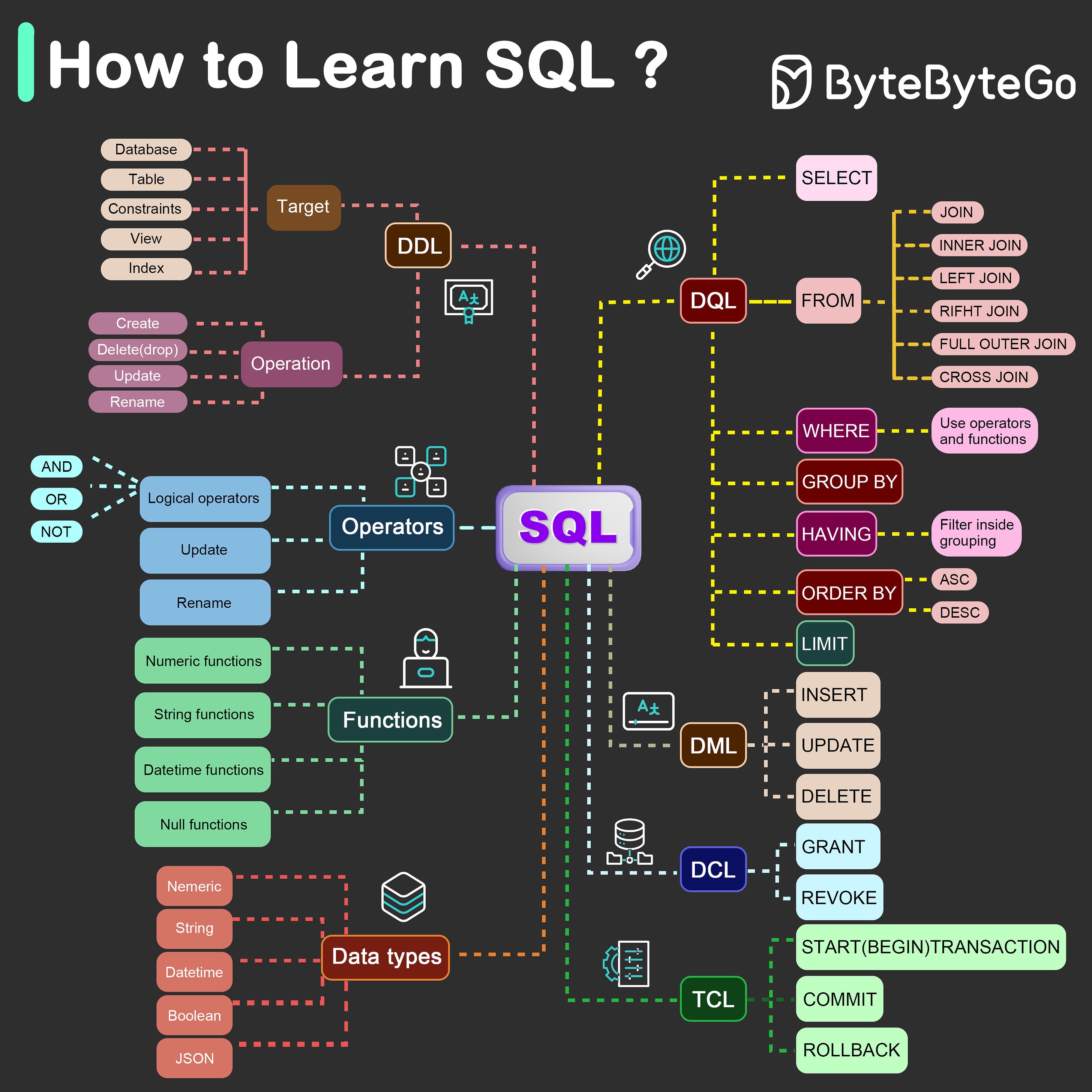
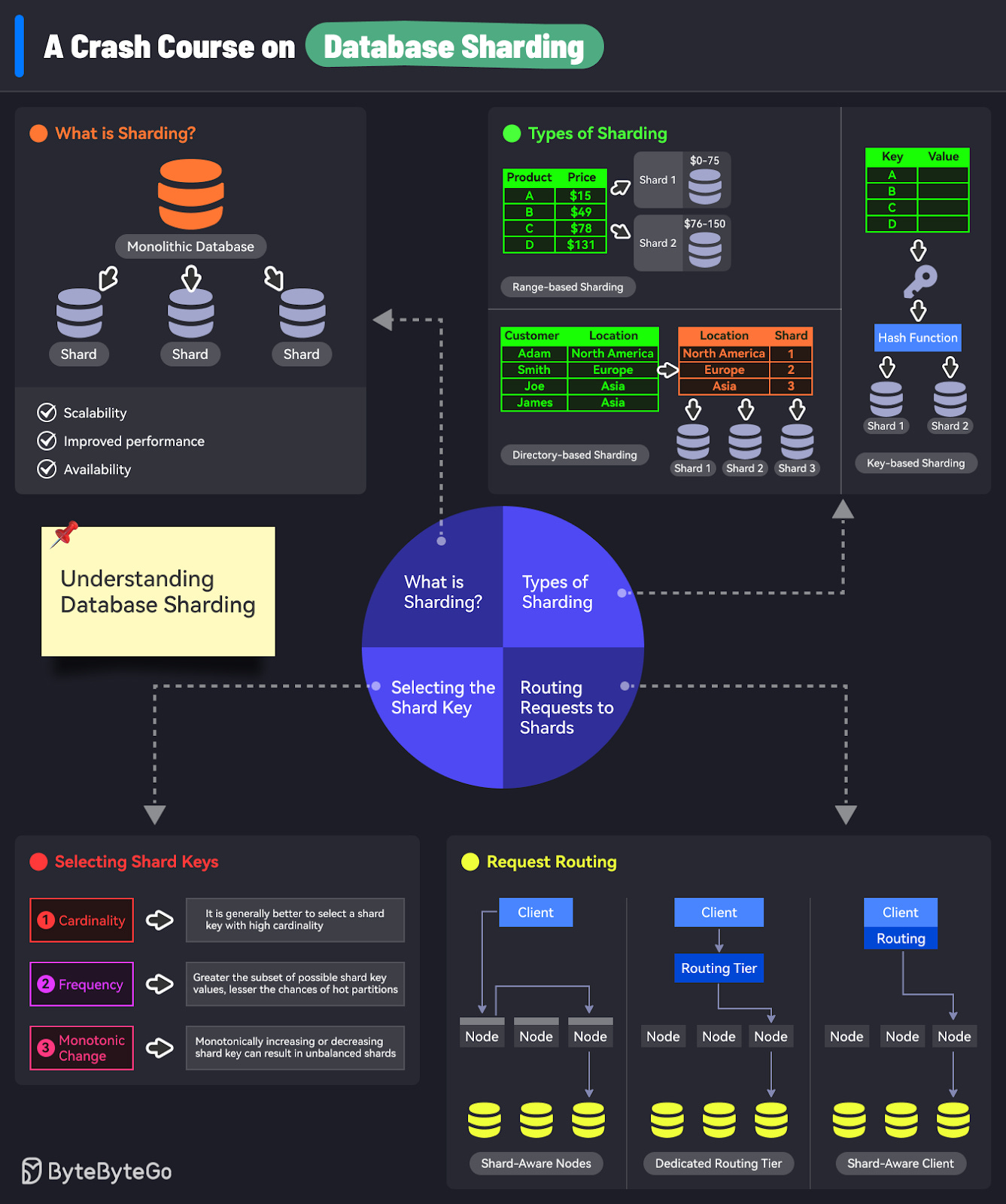

.png?width=1040&upscale=true&name=Email_Generic%20hero(1).png)

.png?width=1040&upscale=true&name=Untitled(1).png)








